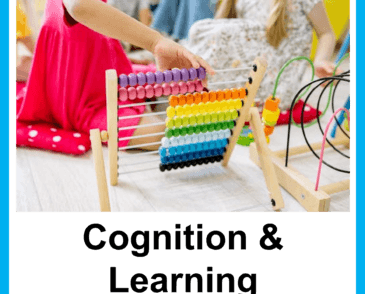

Last Updated - February 5, 2025
Supporting persistence and developing motivation through cause and effect play – Early Years – Cognition and Learning
- Cause and effect play – adults may need to use verbal cues such as ‘Ready, Steady Go!’ or ‘One, two three!’ to prepare the child for a sudden action or noise.
- Children are often more interested in people, their sounds and actions and are distracted by the ‘3-way attention demands’ when an object is part of the play. ‘People play’ may be a more successful way of achieving engagement such as ‘Row-Row, Round and Round the Garden etc.
- Adults may need to model matching, stacking, posting and sorting activities using resources that the child can manipulate and succeed with.
- Adults may need to adapt toys and objects to emphasise size, reduce choice and grade difficulty e.g. hoops onto wooden spoons instead of string and beads for threading. These are some of the ‘Small Steps to Learning’ from the Portage Model.
- Adults may need to use a child’s special interest to introduce novel activities e.g. rolling/spinning toys in water play
- The Attention Autism programme aims to support children with a range of communication and interaction difficulties, to develop and sustain looking and listening attention skills, in group situations:
- Stage 1: Attention bucket (to focus attention);
- Stage 2: Attention builder (to sustain attention);
- Stage 3: Interactive game (to shift attention);
- Stage 4: Individual activities (to focus and sustain attention in a group, then transition shifting attention to individual activity and then refocus on the group).
- Information and ideas can be found at Attention Autism – Family Hub (torbayfamilyhub.org.uk).
- Develop with the child, a secure ability to make clear choices between objects and activities by using object choices or picture choices – see Visual Support Guidance.
View and/or download the Torbay Early Years Toolkit here: Torbay Early Years Graduated Approach Toolkit – Family Hub
